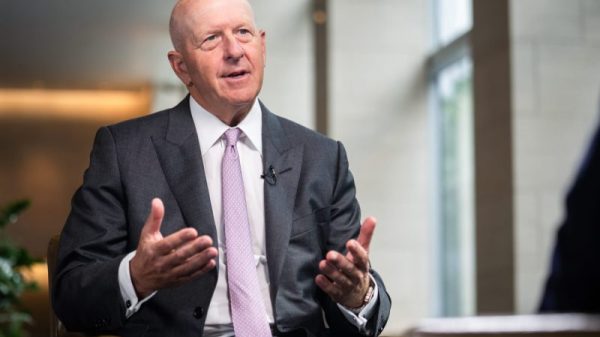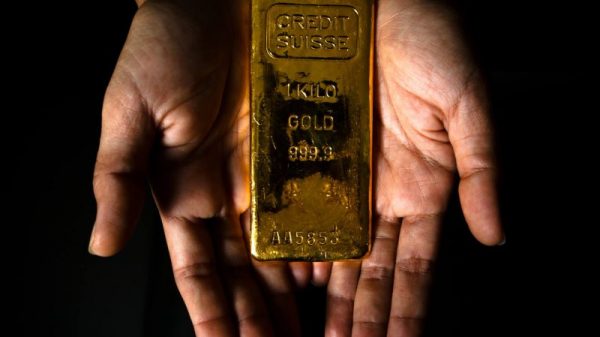While the US had the opportunity to elect its first female president, voters who hoped to see the glass ceiling broken saw a defeat for the second time in eight years. Three of the countries that picked a female leader in 2024 – North Macedonia, Namibia and Mexico – did so for the first time in their nation’s history.
In the post-World War II period, the first woman was elected to lead a UN country 64 years ago. Here’s a look at where, and when, women have secured national leadership positions since then.
Forty-nine UN member states have had one female leader in the last seven decades. Another 18 countries have had two female leaders, nine countries have had three female leaders, and just two countries – Finland and Iceland – have been headed by four different female leaders. Still, a woman has never served as head of state or government in 115 UN member countries.
The first continent with a UN member state to have a female leader after WWII was Asia. In 1960, Sri Lanka – known then as Ceylon – elected its first female prime minister, Sirimavo Bandaranaike. She entered politics after her husband was assassinated while serving as prime minister.
Since then, women have led 13 other countries in Asia. A lot of them came into politics through their husbands or fathers, in former colonial countries.
“Many of the earliest women to come to power were those with dynastic connections to power, and in places where the dynastic connection was tied very closely to the struggle for independence,” said Minna Cowper-Coles, research fellow at the Global Institute for Women’s Leadership at King’s College London.
Asia also leads when it comes to women’s tenure in power, with Sheikh Hasina holding the record for the highest number of years served by a woman as a national leader.
Hasina was prime minister of Bangladesh from 1996 to 2001, and again from 2009 until her resignation in August 2024 following massive anti-government protests.
Her father, an independence leader, was Bangladesh’s first prime minister.
Isabel Perón was the first female head of state in the Americas. Her husband, Juan Perón, was president of Argentina and died in office in 1974. As the vice president, she took over many of his duties when he became ill, and was sworn in to the presidency after his death.
In October, Claudia Sheinbaum was inaugurated as the first female president of Mexico.
The first woman to become leader of an African country was Elisabeth Domitien, who was appointed prime minister of the Central African Republic in 1975.
The first elected female head of state in Africa was Ellen Johnson Sirleaf, who became president of Liberia in 2006.
In 2021, Tunisia became the first Arab country to be governed by a woman, when Najla Bouden was appointed prime minister by the country’s president.
Margaret Thatcher became Europe’s first female prime minister in 1979. A few months later, Maria de Lourdes Pintasilgo of Portugal became the continent’s second female head of government.
Since 2010, 28 countries in Europe have had at least one female leader, and the region now has the highest proportion of countries to have had a female leader. Around two-thirds, or 65%, of the 43 UN member countries in the region have had a female leader, and just under a quarter of them are currently being led by a woman.
European female leaders have also achieved significant tenure, with five leaders in the top 10 for longest time served, all with over 10 years in office. Angela Merkel, who first became Germany’s chancellor in 2005, held the role for 16 years.
Jenny Shipley was the first female prime minister of New Zealand, serving from 1997 to 1999. Julia Gillard was the first woman to hold the title of prime minister of Australia, serving from 2010 to 2013.
Experts say it’s important for women to play key roles in government because it broadens representation.
One possible positive outcome of women winning elections around the world is that their success may inspire others to go for leadership roles, encouraging younger generations of women into politics.
“We can talk about the power of recruitment,” Jalalzai said. “If a woman wins, maybe then we’ve learned the lesson that a woman can win… so you end up finding more women who are willing to throw their hats in the ring.”
Methodology
This data does not count: monarchs or governors appointed by monarchs; acting or interim heads of state or government who were not subsequently elected or confirmed; honorary heads of state or government; joint or collective heads of state or government, and chairpersons or presiding members thereof.
As a result, female leaders for Switzerland and Bosnia and Herzegovina are excluded. Kosovo, although it has a female president, is not a UN member state, so the country is excluded


































